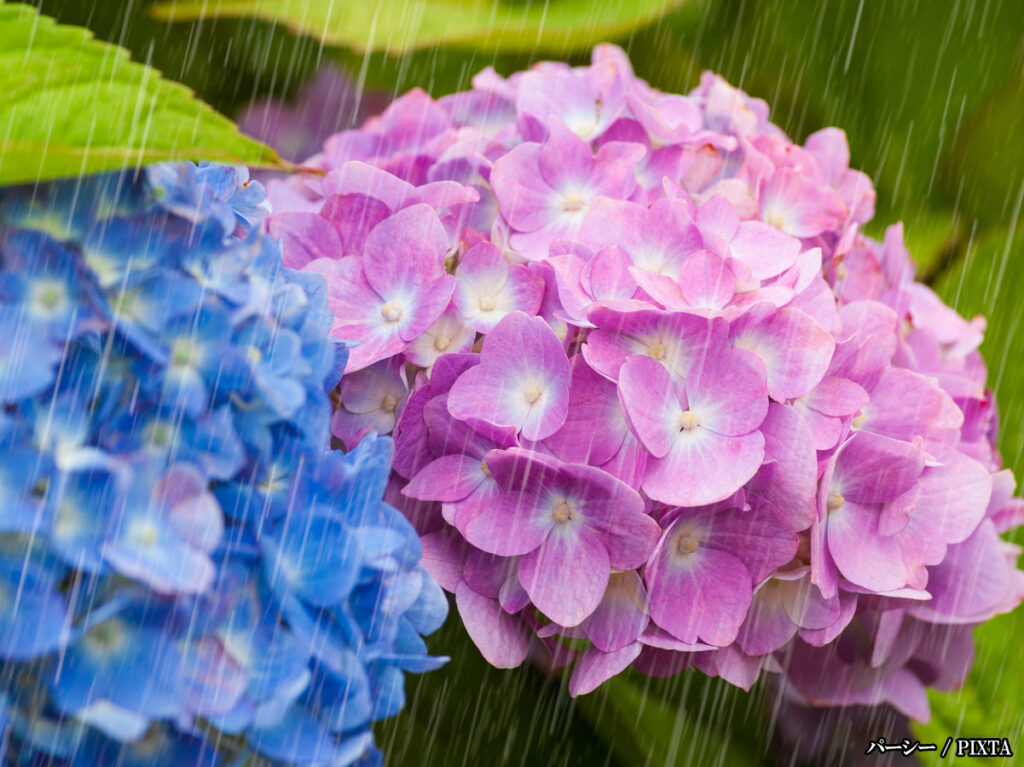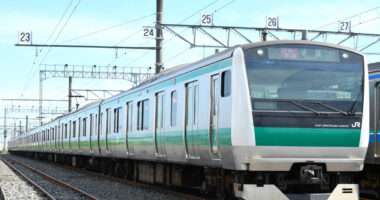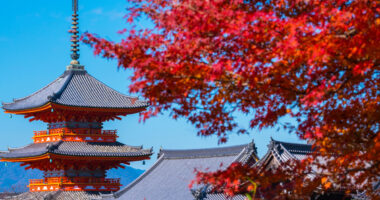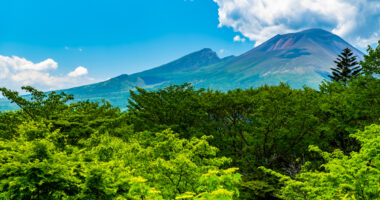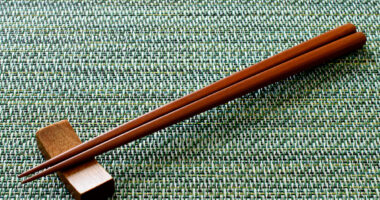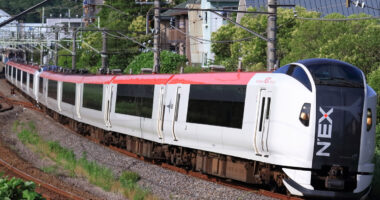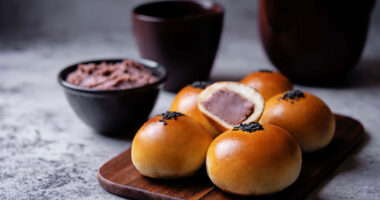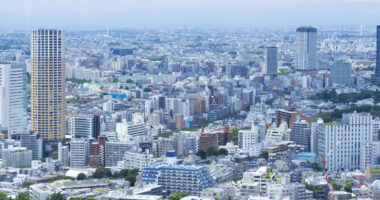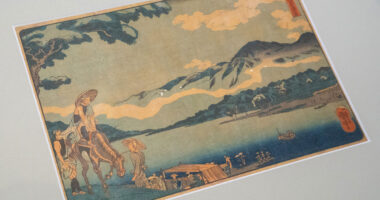Rain in Japan isn’t just weather, it’s a season. Known as tsuyu, the annual rainy season transforms the landscape and travel experience across much of the country. But not all regions are affected equally. For example, Sapporo, the capital city of Japan’s northernmost prefecture, Hokkaido, enjoys relatively mild summers and is largely spared from the prolonged period of rainfall seen elsewhere in the country. For travelers planning a visit, knowing when and where the rainy season occurs can help you pack smarter, avoid disruptions, and make the most of your itinerary.
What is tsuyu
Tsuyu, literally translated as “plum rain,” refers to Japan’s rainy season, which typically lasts from early June to mid-July in most parts of the country. This phenomenon occurs when cold air from the north collides with warm air from the south, and the combination of these two air masses results in days (or even weeks) of steady rainfall. During this time, humidity levels rise sharply, and many regions experience daily precipitation ranging from light drizzles to heavy downpours.
Why timing matters for travelers
Traveling during Japan’s rainy season requires a bit of strategy, especially since conditions vary from region to region. The persistent rain may limit outdoor activities, reduce visibility at scenic spots, and affect overall comfort. But this time of year also reveals a quieter, more atmospheric side of Japan, with hydrangeas blooming in full color and fewer tourists at popular destinations.
Japan’s rainy season by region
Okinawa and southern islands
Okinawa sees Japan’s earliest rainy season, typically beginning in early May and tapering off by late June. The subtropical climate brings intense rainfall, though it often comes in short bursts rather than long, steady showers.
- Start: Early to mid-May
- End: Late June
- Characteristics: Intense but brief downpours, high humidity
Northern Kyushu to Hiroshima
The rainy season reaches the southern regions of Japan next, bringing wet weather to cities like Fukuoka, Nagasaki, and Hiroshima, usually by early June.
- Start: Early June
- End: Mid to late July
- Characteristics: Frequent rainfall, occasional typhoons later in the season
Kansai (Kyoto/Osaka) and Kanto (Tokyo) regions
Japan’s most-visited areas, including Kyoto, Osaka, and Tokyo, typically experience the rainy season from around early to mid-June to late July.
- Start: Early to mid-June
- End: Late July
- Characteristics: Alternating periods of rain and humidity, occasional clear days
In Kyoto, the rainy season lends a serene, almost mystical atmosphere to the city’s historic temples, accompanied by lush moss gardens and hydrangeas in full bloom. In Tokyo, rainy days give the capital a gentle glow, as wet streets reflect the skyline and city lights to create eye-catching photo opportunities.
Tohoku and Hokkaido
The Tohoku region of northern Honshu experiences a milder rainy season that typically arrives later and ends earlier than in southern Japan.
- Start: Late June
- End: Mid-July
- Characteristics: Less intense rainfall, lower humidity than southern Japan
Hokkaido, Japan’s northernmost main island, is the only region that largely escapes the rainy season altogether. Although rainfall tends to increase slightly in early summer, Hokkaido doesn’t experience the prolonged wet weather that defines tsuyu in the rest of Japan.
- Rainy Season: Minimal or nonexistent
- Characteristics: Occasional showers, but no defined rainy period
This makes Hokkaido—particularly the greater Sapporo area—an excellent destination during June and July, when much of the country is experiencing heavier rain.
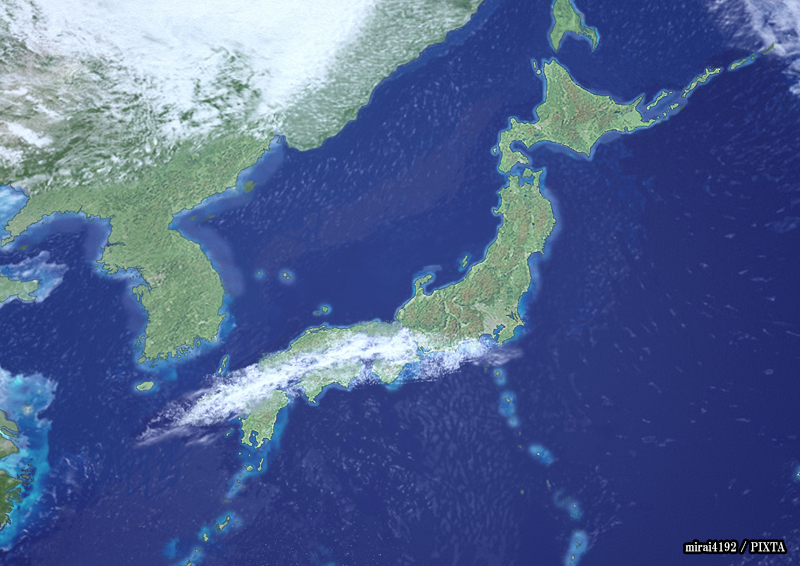
Image for illustrative purposes
Practical travel tips
What to pack
If you’re visiting Japan during the rainy season, coming prepared can make a big difference in your comfort. Consider adding the following to your packing list:
- Waterproof footwear
- Compact umbrella or lightweight rain jacket
- Quick-dry clothing
- Portable towel for unexpected showers
- Waterproof bag or cover for electronics
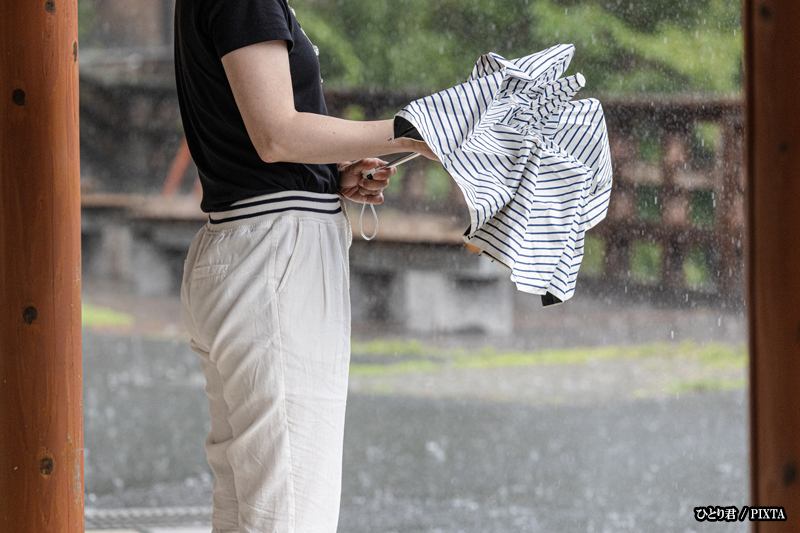
Photo for illustrative purposes
Indoor activities and rainy season benefits
Japan’s rainy season isn’t all inconvenience; it also comes with unique advantages to those willing to get a bit wet:
- Fewer tourists at major attractions
- Lush, vibrant gardens and landscapes
- Seasonal foods and treats available only during the rainy season
- Hydrangeas in bloom in parks and on temple grounds
- Special tsuyu events and exhibitions at museums
Indoor activities are plentiful and easy to find in cities across Japan, from world-class museums in Tokyo to traditional craft experiences in Kyoto. Many urban areas also feature shopping arcades known as shōtengai, many of which are covered, allowing you to shop and explore without getting wet.
For a curated list of things to do during Japan’s rainy season, from museums to seasonal gardens, read our article: “What to Do in Japan During the Rainy Season“
Key takeaways for travelers
Japan’s rainy season moves gradually from south to north, beginning in Okinawa in May and progressing through the rest of the country into July. Hokkaido, however, remains largely unaffected.
While persistent rain can pose some challenges, proper preparation and flexible planning can turn this season into an opportunity to enjoy Japan with fewer crowds and witness tsuyu’s natural beauty.
For those seeking to skip the rain entirely, Hokkaido offers a perfect alternative during June and July, with pleasant temperatures, longer daylight hours, and little seasonal downpour. Alternatively, planning a visit to central Japan before early June or after late July can help you avoid the heart of the rainy season in the country’s most popular travel destinations.
Whether you embrace the atmospheric rain or plan around it, understanding Japan’s regional rainy patterns ensures you’ll make the most of your adventure.
